At 1:35 p.m. on April 8, the clouds parted just in time for the event of the century. Astronomy buffs, adults and children alike stared through the darkened lens of their eclipse glasses, heads angled up as the moon passed over the sun, shrouding the world in a darkness only otherwise seen in the dead of night. A camera cannot do justice to the outstanding astronomical phenomenon that people witnessed throughout the world, however, it can never hurt to try.
Prior to the eclipse, I purchased a simple smartphone solar filter from amazon, in order to protect my phone’s camera from the sun. This is an imperative step if you are wanting to take photos of an eclipse, because just like your eyes, cameras can be damaged by the sun’s intensity. When it came time for the eclipse I followed a set of simple steps I found online. According to Space.com and ABC, you begin by setting your phone on the widest angle setting (.5 on iphone) or on portrait mode. Next, turn off the automatic flash but don’t touch the rest of your light settings. After that, focus your camera on something in the distance, such as a car or building, and then move your camera to focus on the sun, pressing the focus lock. Finally, take a burst of the eclipse at totality to capture the corona visibility, but don’t zoom in on the sun as that affects the camera settings in response to the amount of light let in.
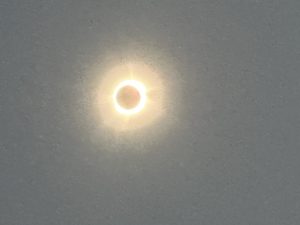 I followed these steps, however overall I was unsuccessful in taking photos of the eclipse. First off, my solar filter continuously slipped off of my phone, making it difficult to snap a decent shot of the eclipse. I attempted to tape the filter to my phone, but light from the edges still seeped through, causing my photos to turn out blurry and oddly lit. Even when I was able to focus the camera, the light from the crescent sun appeared round and fuzzy. I’m going to be honest, I broke the rules a bit and tried zooming in on the sun, yet, just as my research stated, this did not play out well and my hand was too shaky for me to capture it well. I tried portrait mode, wide angle and normal 1x zoom, and I found that the 1x zoom worked best, as the wide angle made the sun appear too small, and portrait mode didn’t work well with such little light.
I followed these steps, however overall I was unsuccessful in taking photos of the eclipse. First off, my solar filter continuously slipped off of my phone, making it difficult to snap a decent shot of the eclipse. I attempted to tape the filter to my phone, but light from the edges still seeped through, causing my photos to turn out blurry and oddly lit. Even when I was able to focus the camera, the light from the crescent sun appeared round and fuzzy. I’m going to be honest, I broke the rules a bit and tried zooming in on the sun, yet, just as my research stated, this did not play out well and my hand was too shaky for me to capture it well. I tried portrait mode, wide angle and normal 1x zoom, and I found that the 1x zoom worked best, as the wide angle made the sun appear too small, and portrait mode didn’t work well with such little light.
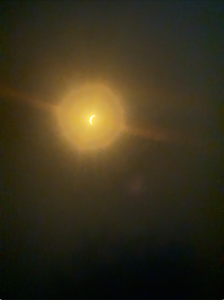
I took about 200 photos, but only one came out somewhat decent. The photo to the left was taken about a minute or two before totality on my dad’s iphone 15 pro max. I found that the most effective way to take photos of the eclipse was to use the best phone camera possible on RAW setting, using the eclipse glasses as your solar filter. My dad’s phone allows him to toggle between raw and jpeg images, and we noticed a significant difference between the raw photos and normal jpeg photos. During totality I took photos without the solar filter, and they turned out a little bit better, but still not enough to capture the grandeur of the eclipse. The corona blurred together, and it was difficult to see the individual sun beams.
In conclusion, eclipse photography is not for the faint of heart. Honestly, I feel the eclipse glasses worked as a better camera solar filter than the one actually intended for your phone, so I wouldn’t waste my money on buying one. Additionally, the thing that makes the most difference seems to be camera quality, so no shame if your success is limited. Props to you if you were able to get a decent photo of the eclipse, however, it’s safe to say that my attempt was a complete flop. I’m not sure if it was my phone, my equipment or just me, but I hope to do better in 2044 when Ausin will experience its next eclipse.


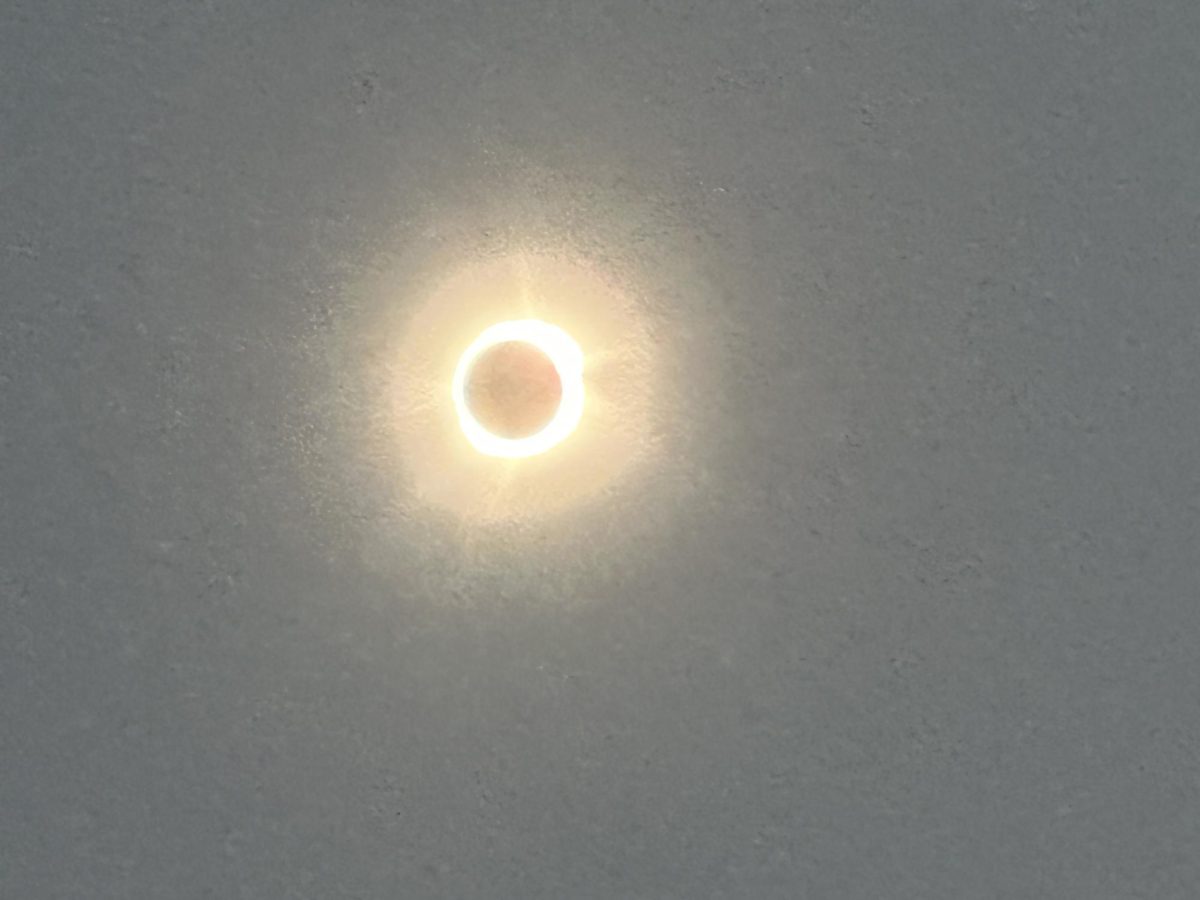
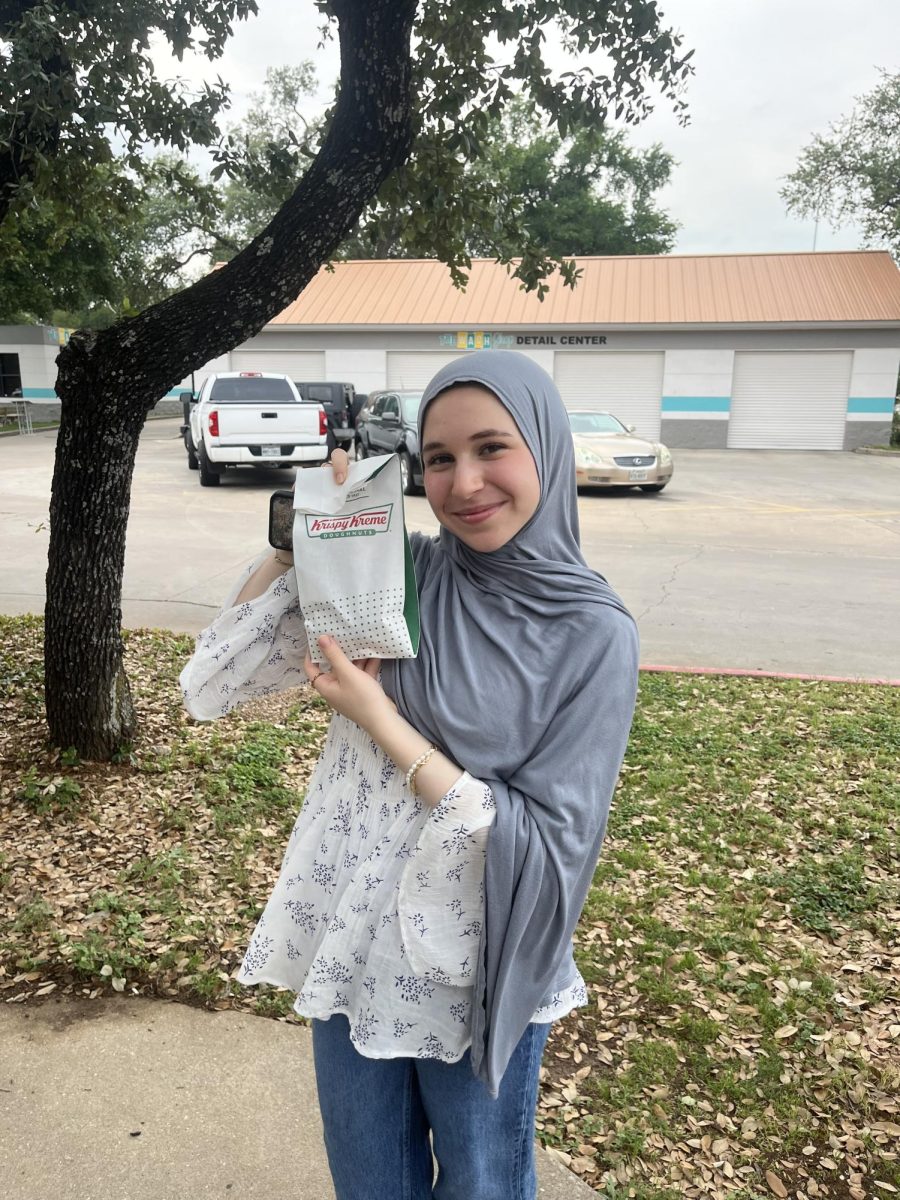

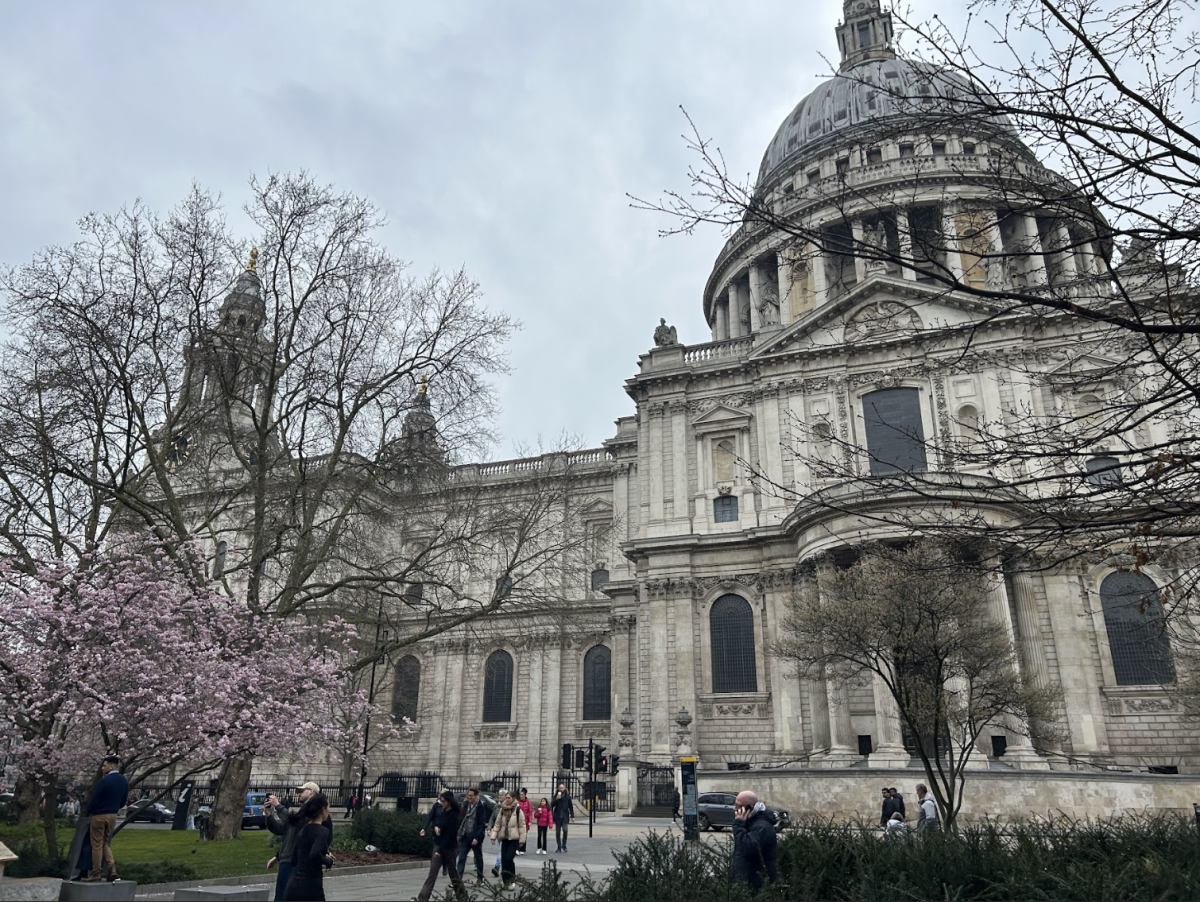
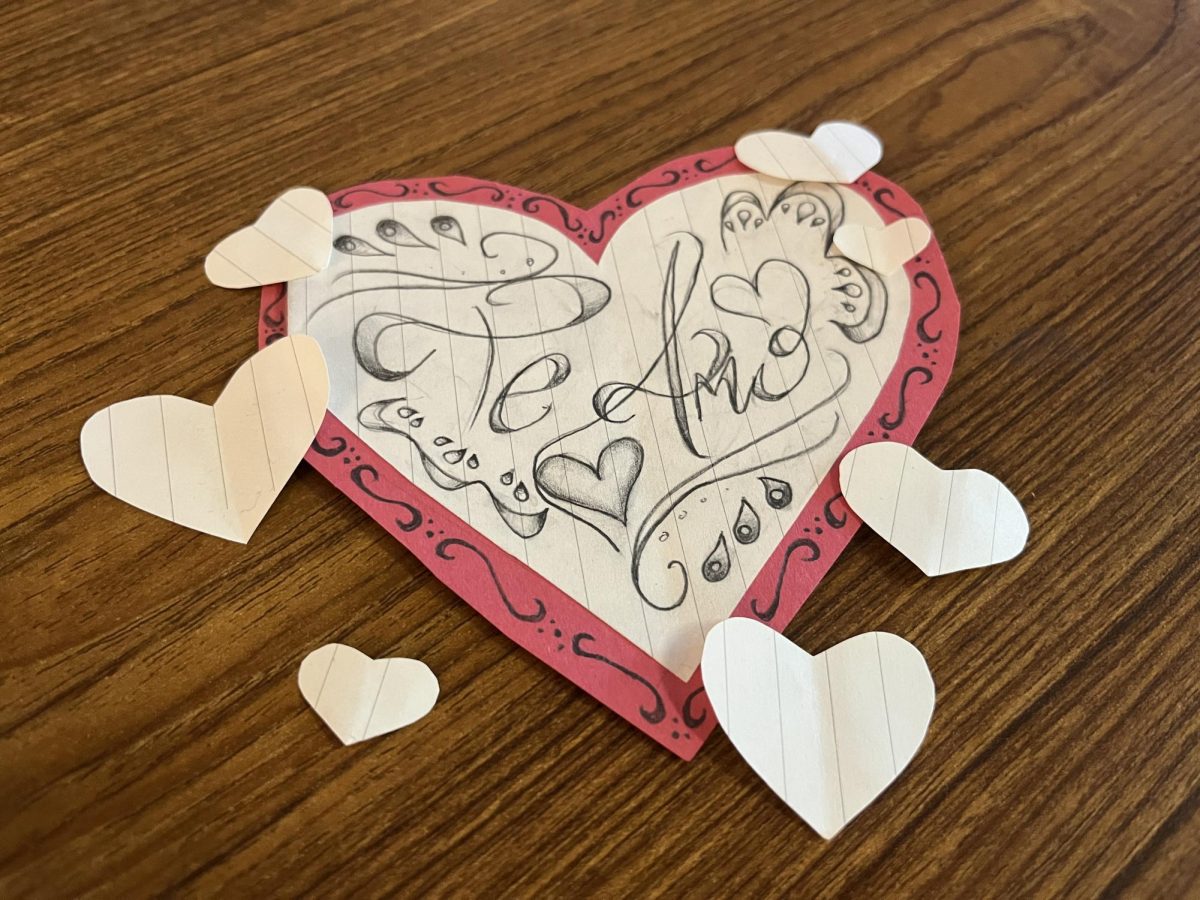
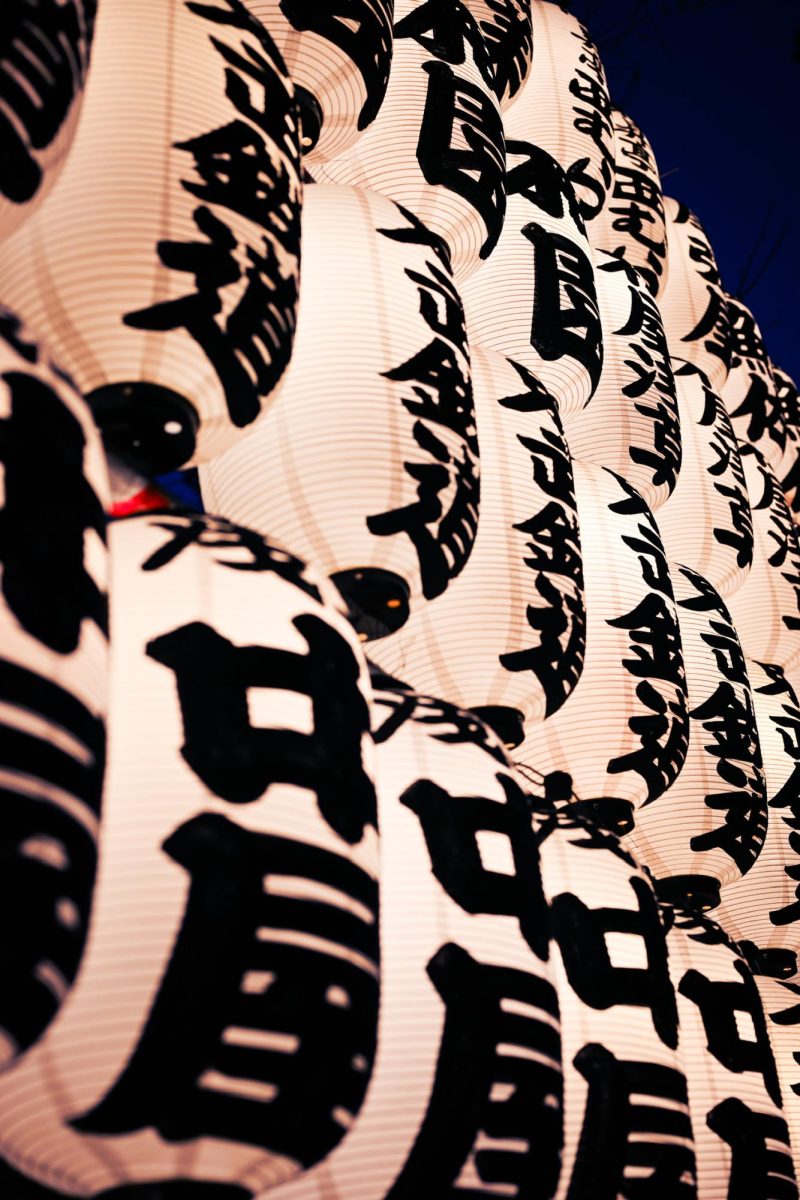
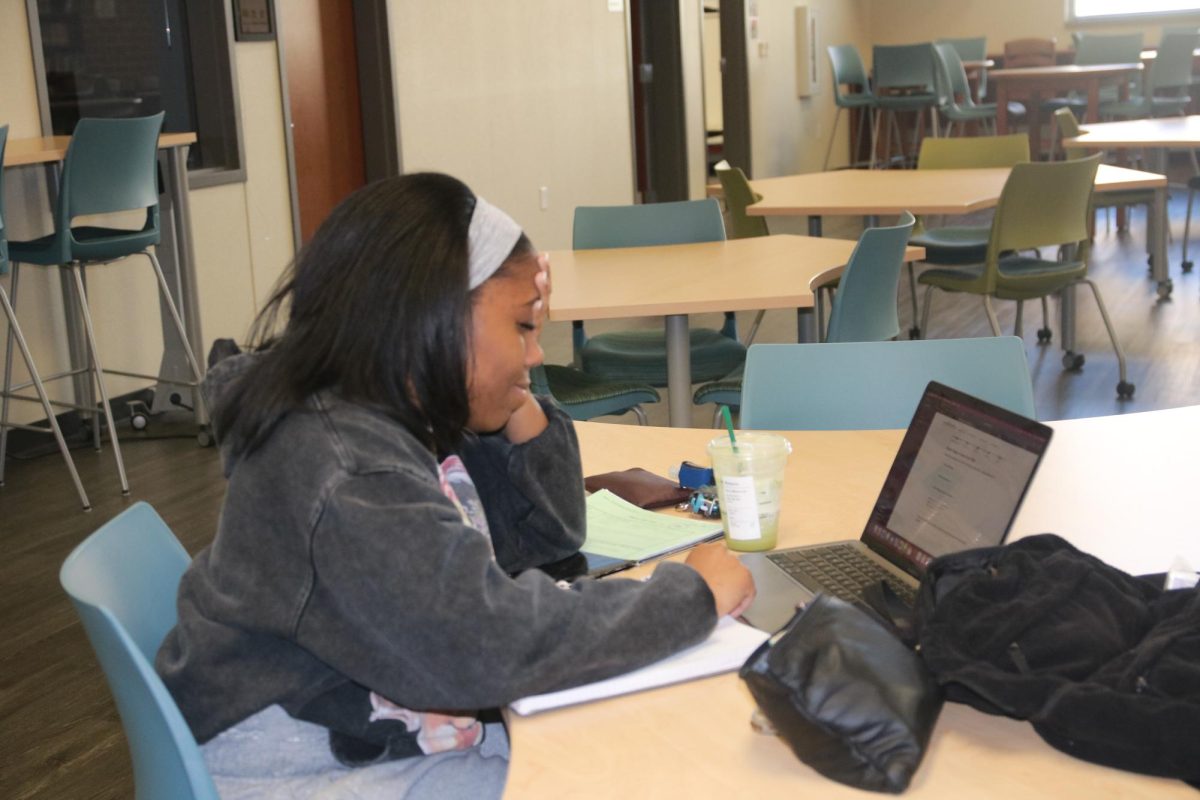


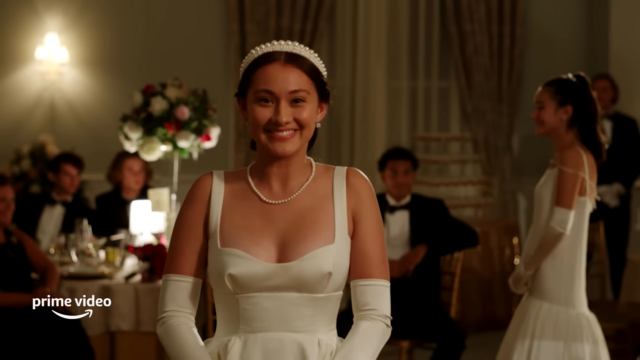

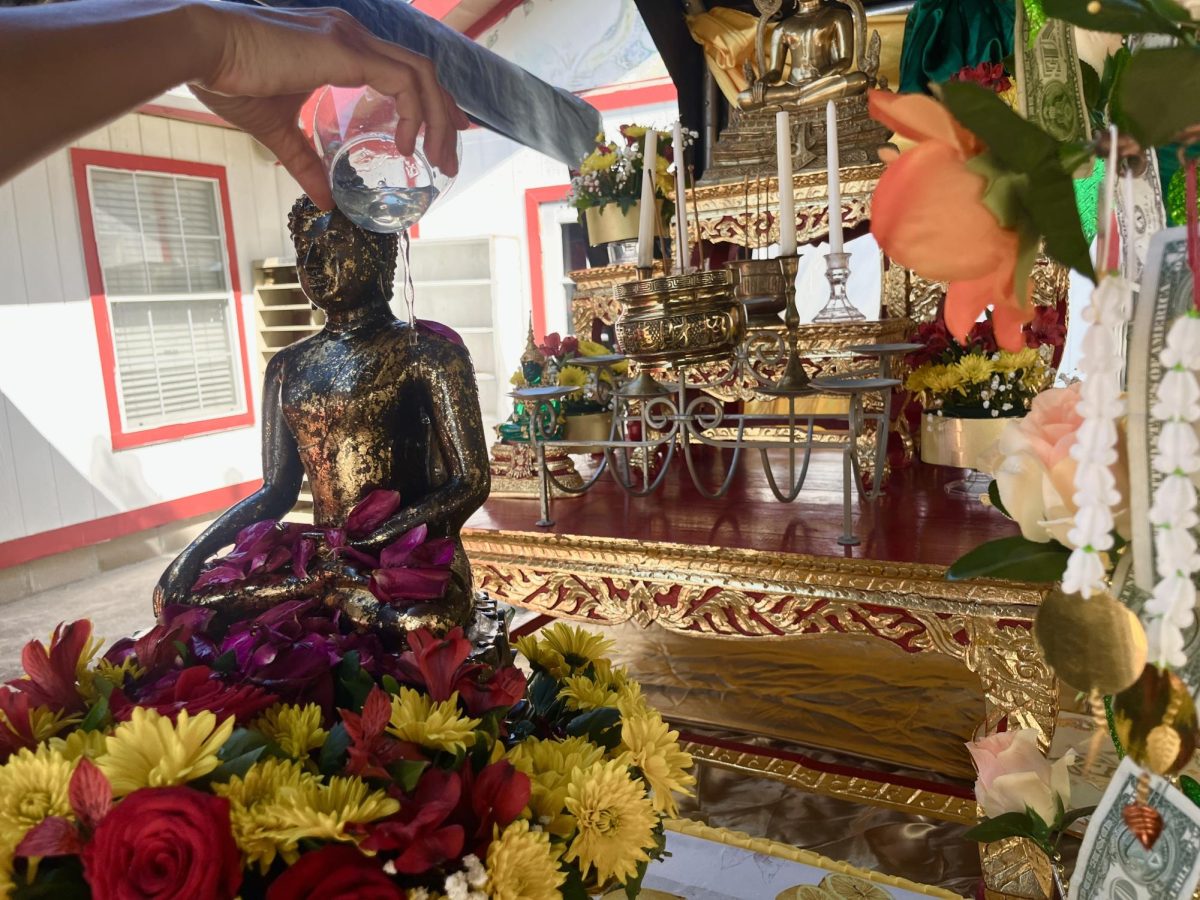
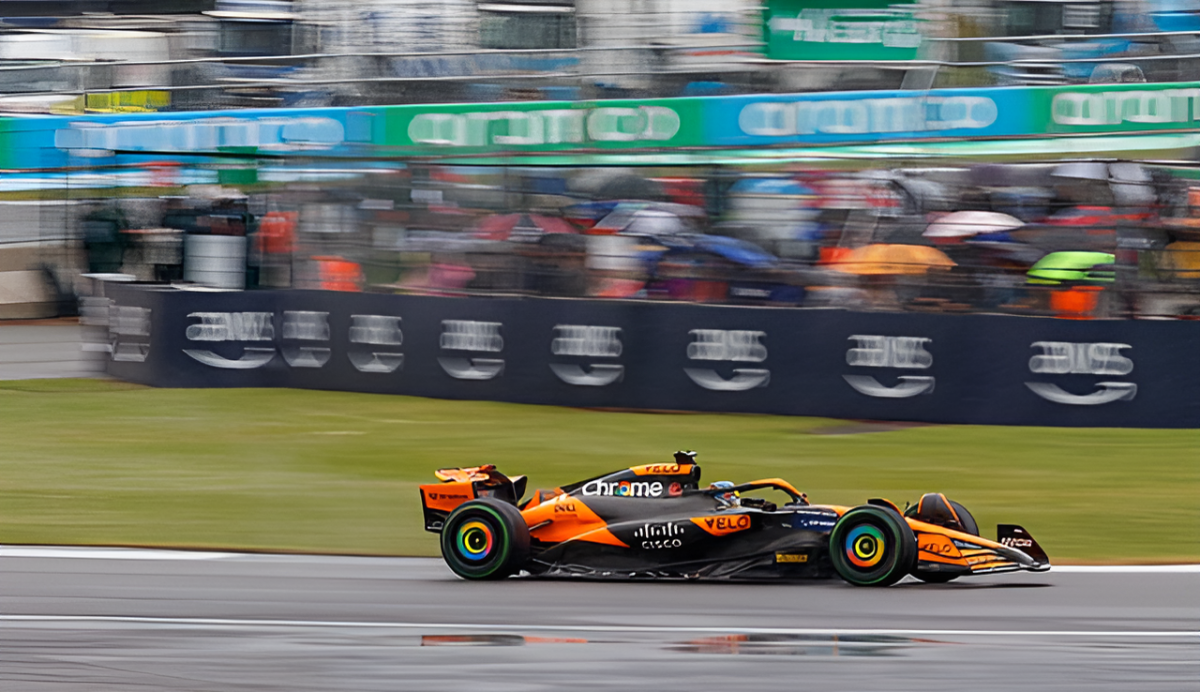
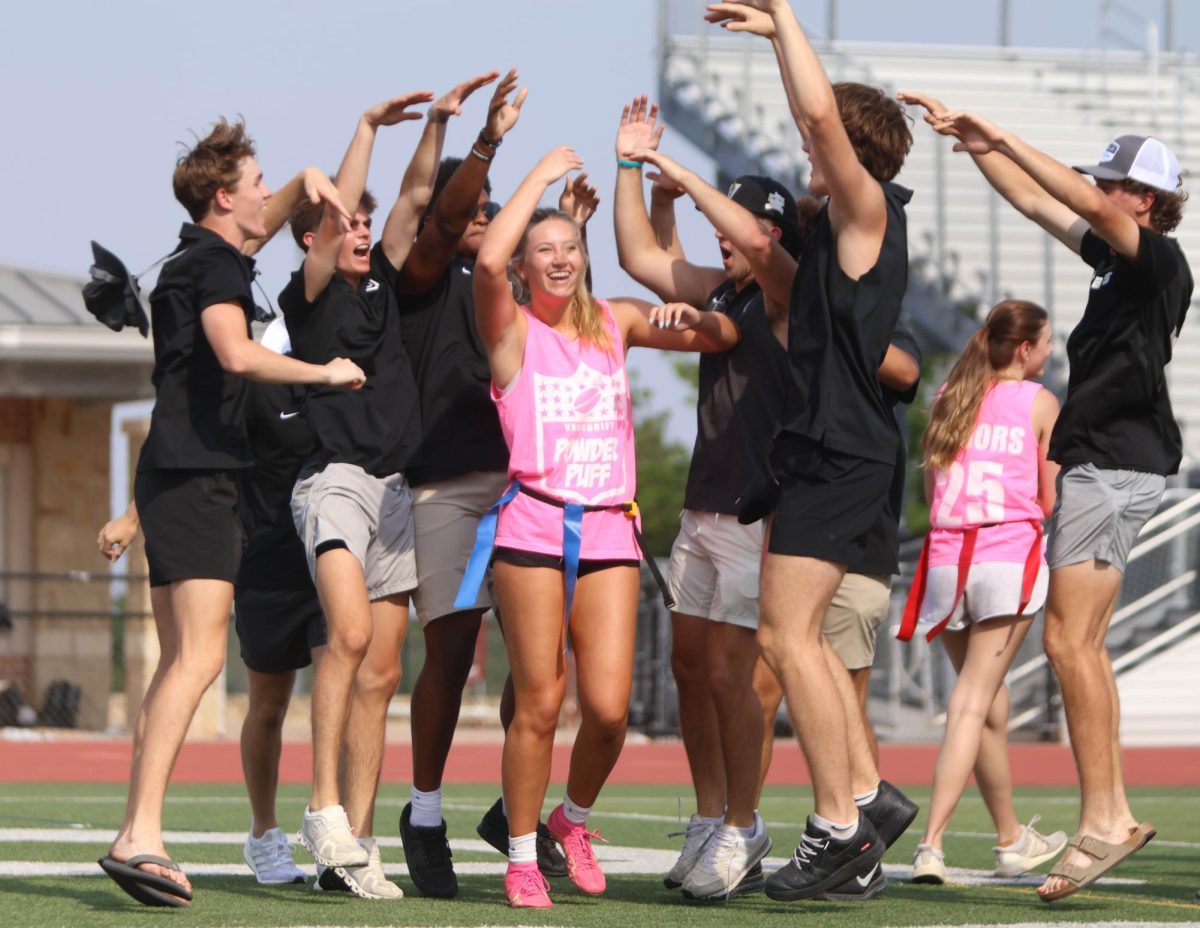
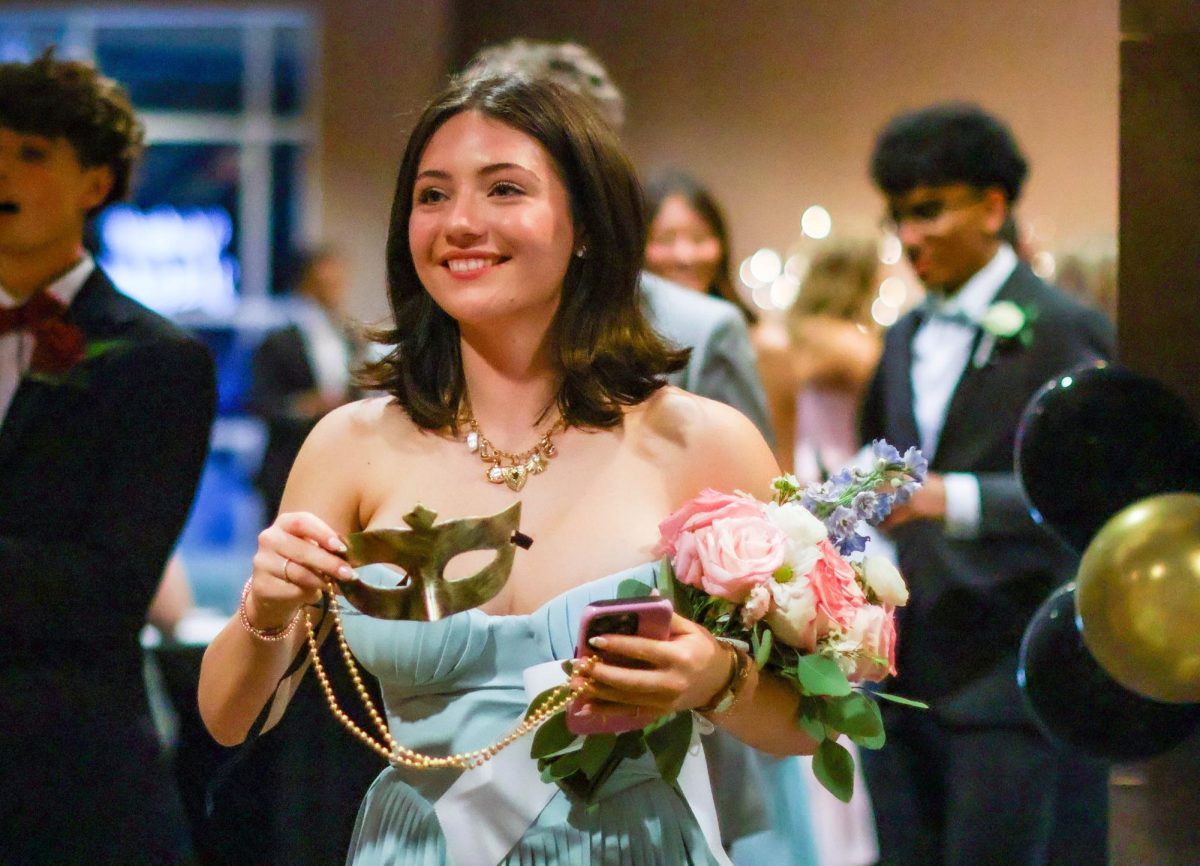
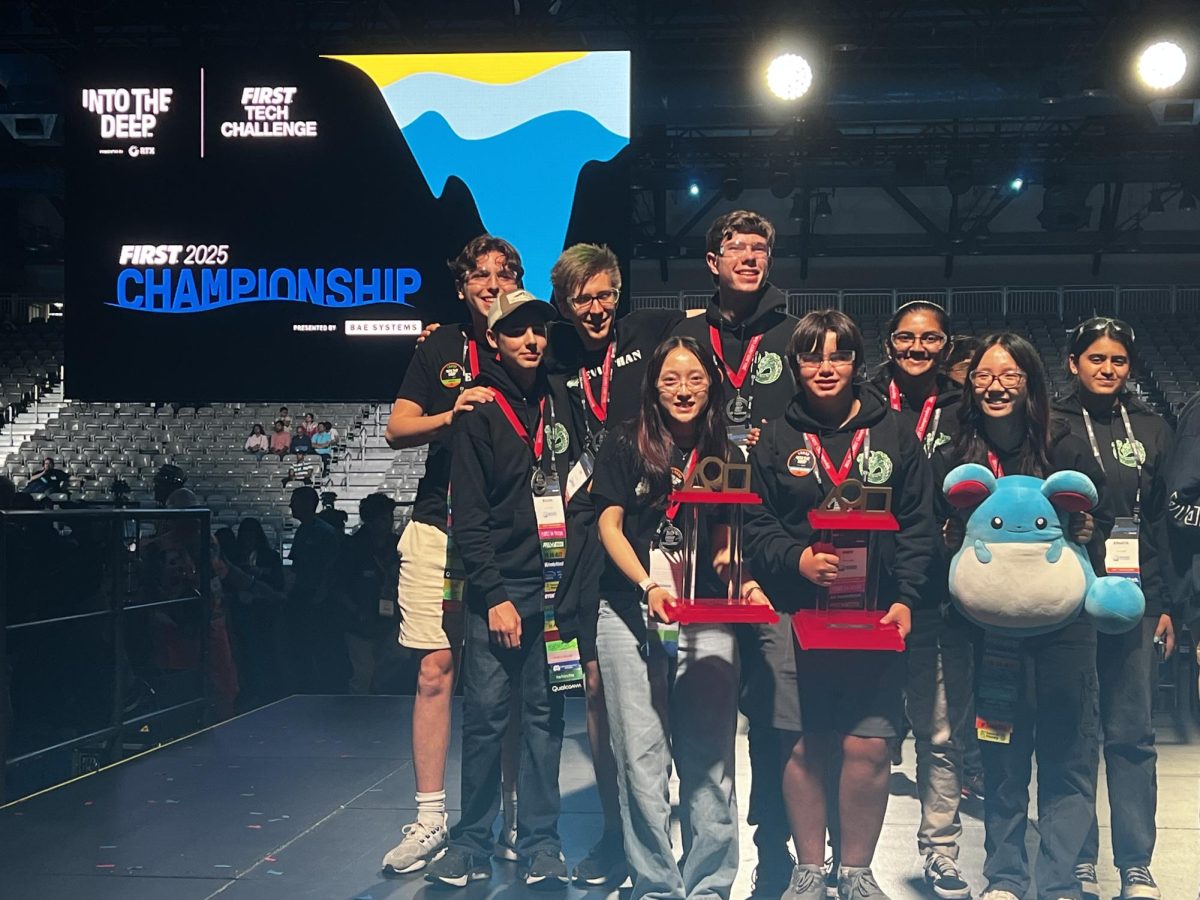
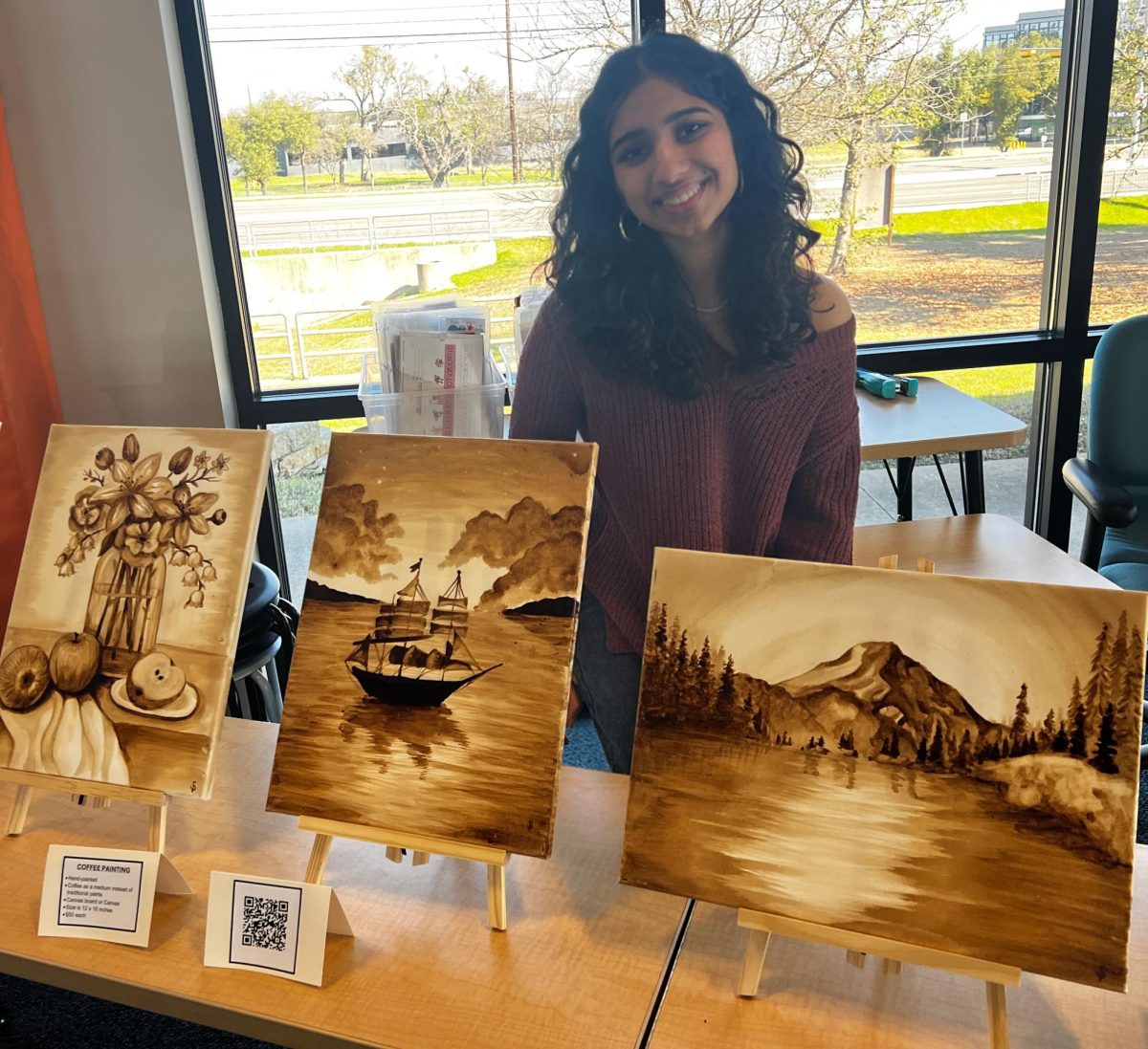


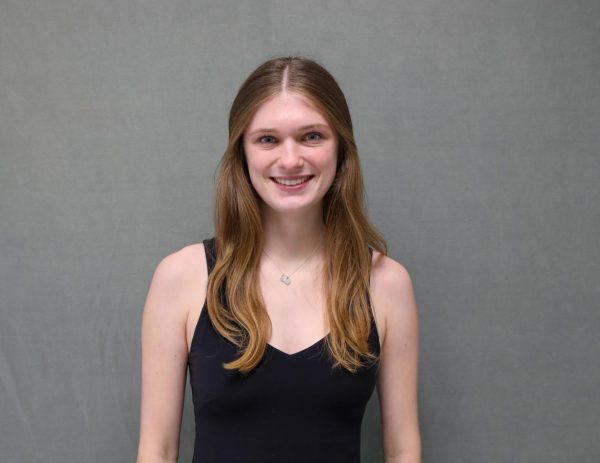
Andrew Blumberg • Apr 21, 2024 at 2:03 am
Hi, Mary-
I read your article with interest. I was with a group that journeyed to Ingram, Texas, around an hour northwest of San Antonio, for the eclipse. We fought clouds throughout the event, including totality, but we did get a few peeks during totality and the first part of the eclipse. My photos, with a smartphone, are similar to yours. Frankly, I think you are being a little hard on yourself. These are decent images, considering the cloudy weather (sounds like you were in the Austin area), and the equipment used. Eclipses can be challenging to photograph, even in good weather. Considering everything, we were lucky; some folks were clouded out entirely.
Good luck with your next eclipse!
-Andy Blumberg
Baltimore